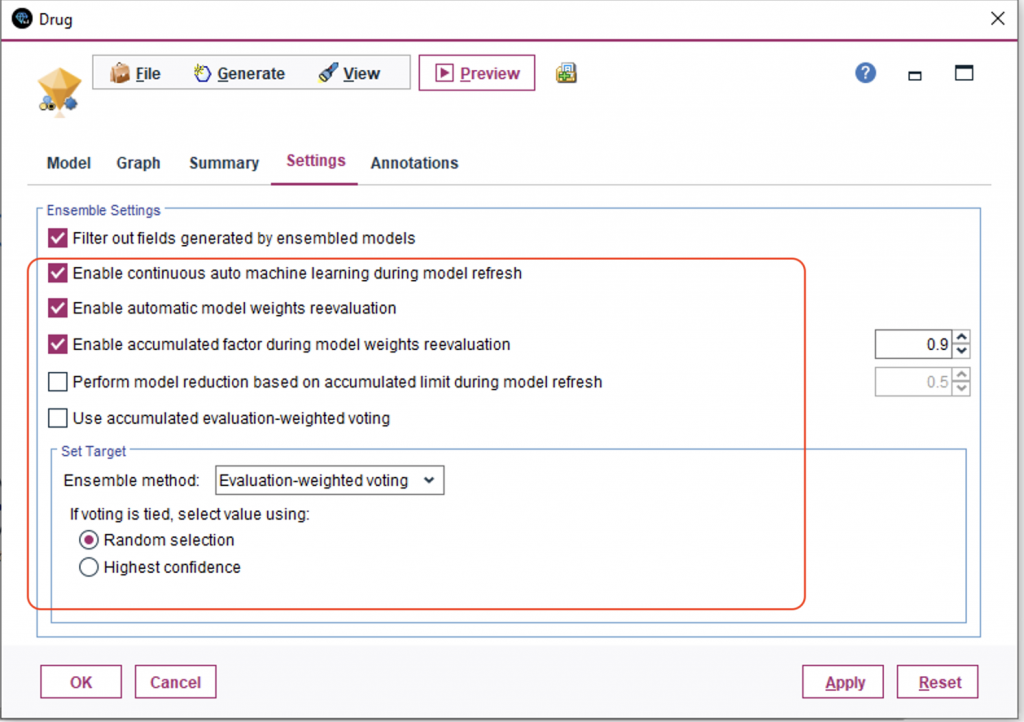SPSS Modeler is a robust data science software for professional analysts and data scientists. The software scales from supporting line-of-business predictive analysis to enterprise-scale implementation.Consisting of IBM SPSS Modeler Desktop 18.3 and IBM SPSS Modeler Server 18.3, SPSS Modeler delivers a robust predictive analytics solution for a holistic approach to predictive analytics. It brings predictive intelligence to decisions made by individuals, groups, systems, and the enterprise by leveraging the cross-industry process for data mining (CRISP-DM) framework.
SPSS Modeler helps drive a higher return on investment to data-driven decision making by providing an intuitive and visual interface for data science, including data preparation, text analytics, building predictive models, and deploying the models in production. To extend its depth and breadth of functions, SPSS Modeler 18.3 is supported by the complementary products – SPSS Collaboration and Deployment Services 8.3 which provides automation, deployment and collaborative foundation for SPSS Modeler, and SPSS Analytic Server 3.3 which helps leverage big data environment for SPSS Modeler.
The new features and enhancements available with this release include:
- Capability to upload streams to IBM Cloud Pak for Data projects. Your data teams can directly export their SPSS Modeler streams to their projects within the Cloud Pak for Data environment (separately licensed). This capability provides an easier way to integrate with the IBM Cloud Pak for Data platform environment and its functionality to get you started on your path to modernization
- Continuous AutoML functionality. This new feature for Auto-Classifier and Auto-Numeric nodes provides an efficient way to address changes to your data over time by refreshing the model weights continuously

- Capability to connect to IBM Planning Analytics on Cloud by using REST API
- Improved user experience when viewing Pearson’s correlation results in the statistics output node. The results are now available in a more readable matrix format
- Updated support for databases such as IBM Netezza®, IBM Informix® 14, IBM Db2® 11.5, and IBM Db2® Warehouse
- Updated support for Red Hat® Enterprise Linux® 8.3 and VMware vSphere® 7
- Updated support for R 4.0.4
- Updated support for Python 3.8.6

